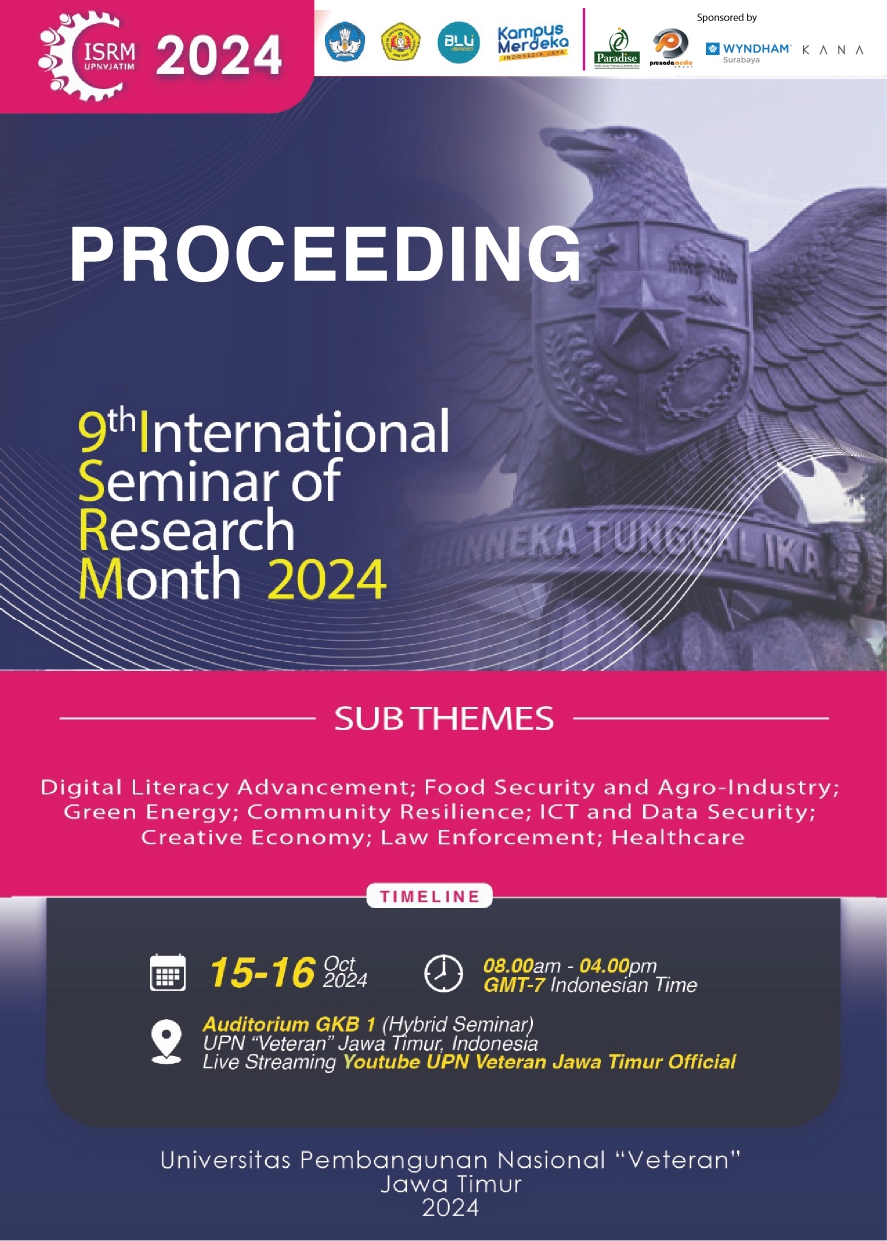Integration of Research and Design: A Textbook of Commercial Building Interiors for Business Branding
DOI:
https://doi.org/10.11594/nstp.2025.4744Keywords:
Commercial Building Interiors, Branding, BusinessAbstract
An effective commercial building interiors textbook can be a valuable asset for businesses in building a strong and distinctive brand image. This textbook provides a complete guide to the interior design of commercial buildings with a focus on various building typologies, such as offices, healthcare facilities, lodging, culture and entertainment, shops, education, worship, and transportation. This research aims to develop a comprehensive framework for integrating research in the process of developing a commercial interior textbook as a business branding tool. Through an in-depth analysis of the characteristics of each typology, the textbook presents specific and relevant design principles. In addition, it also addresses important aspects such as business needs analysis, design concept development, and design presentation. Through literature review, content analysis, and interviews with experts, this research identifies five stages of integration: user needs identification, data collection, data analysis, design concept development, and evaluation. The results show that research integration can improve the relevance of the textbook to market and user needs, strengthen visual appeal, and provide more practical guidance for students and businesses. The framework developed in this study has the potential to develop interior design education by equipping students with relevant skills and preparing them to face the challenges of an increasingly complex world of work. Of the 100 respondents, 85% of students considered the content of this textbook to be quite complex and very detailed in discussing various types of commercial interiors. Likewise, examples of research results are included in the description as explanatory case studies. This Commercial Building Interiors textbook is expected to be a reference for students, interior designers, and academics in creating effective textbooks for business branding.
Downloads
References
Endriani, W., & Indrawati, D. (2022). Klasifikasi penamaan warna Dalam Bahasa Indonesia: Kajian antropologi linguistik. Jurnal Sapala, 9 (2), 133–43.
Gobe, M. (2003). Emotional branding. Jakarta: Penerbit Erlangga
Hondro, D. G. (2007). Perancangan desain cover buku.
Noorwatha, I. K. D., & Yupardhi, T. H. (2018). Retail design: Buku ajar desain interior retail. Denpasar: Cakra Media Utama Denpasar
Piotrowski, C. M. (2016). Designing commercial interiors. John Wiley & Sons, Inc., Hoboken, New Jersey.
Sofiana, Y. (2015). Memahami estetika dari sudut pandang desain interior. Humaniora, 6(3), 339. https://doi.org/10.21512/humaniora.v6i3.3360.
Trsinawati, S. N. I., Khasanah, U., Nissa, I. K., & Burhanuddin, M. (2022). Sharing session penyusunan buku ajar Perguruan Tinggi. Jurnal Pengabdian Mandiri, 1(4), 613–19.
Downloads
Published
Conference Proceedings Volume
Section
License

This work is licensed under a Creative Commons Attribution 4.0 International License.
Authors who publish with this proceedings agree to the following terms:
Authors retain copyright and grant the Nusantara Science and Technology Proceedings right of first publication with the work simultaneously licensed under a Creative Commons Attribution License that allows others to share the work with an acknowledgement of the work's authorship and initial publication in this proceeding.
Authors are able to enter into separate, additional contractual arrangements for the non-exclusive distribution of the proceedings published version of the work (e.g., post it to an institutional repository or publish it in a book), with an acknowledgement of its initial publication in this proceeding.
Authors are permitted and encouraged to post their work online (e.g., in institutional repositories or on their website) prior to and during the submission process, as it can lead to productive exchanges, as well as earlier and greater citation of published work (See the Effect of Open Access).














